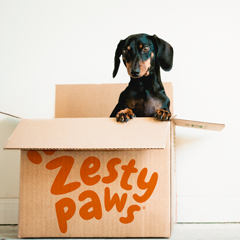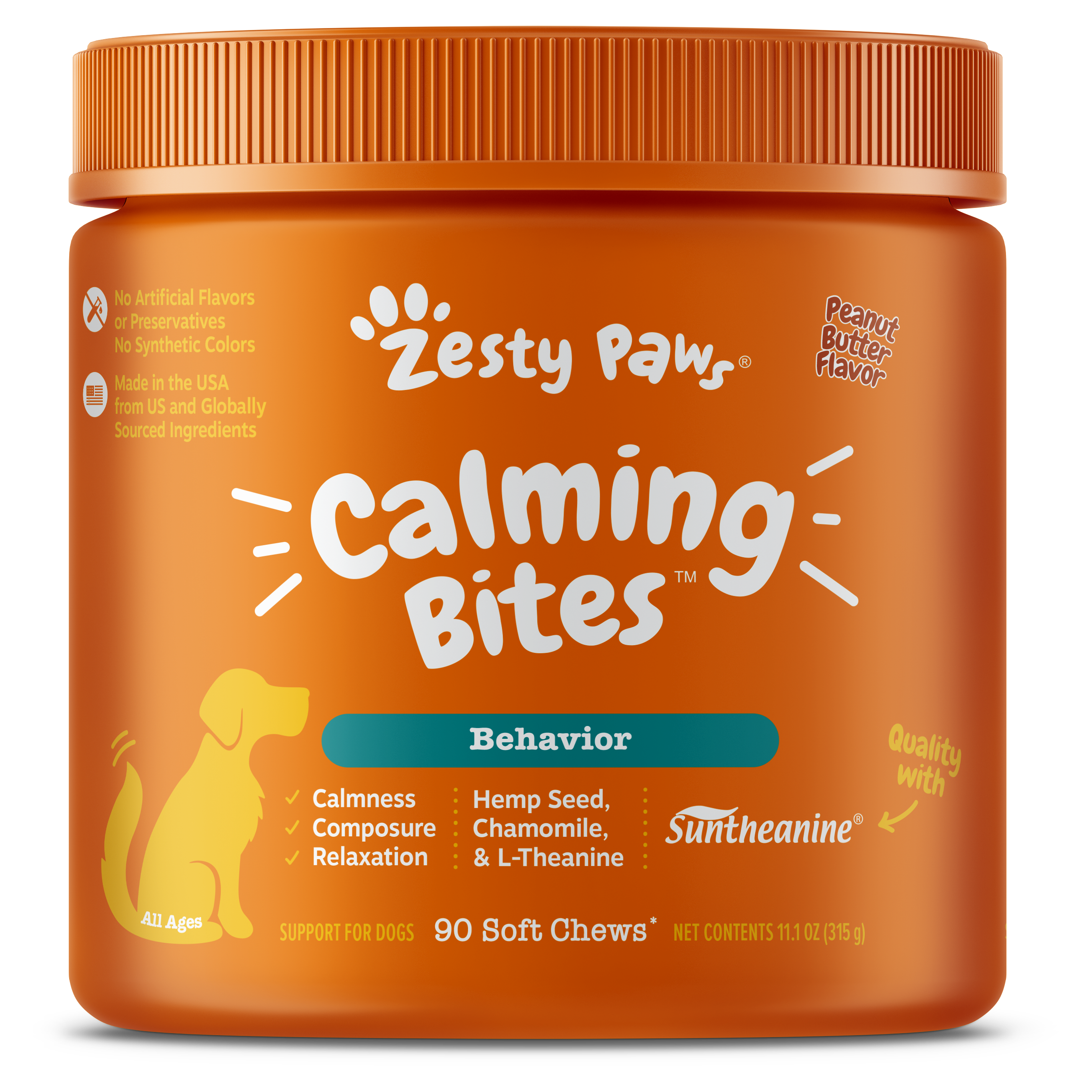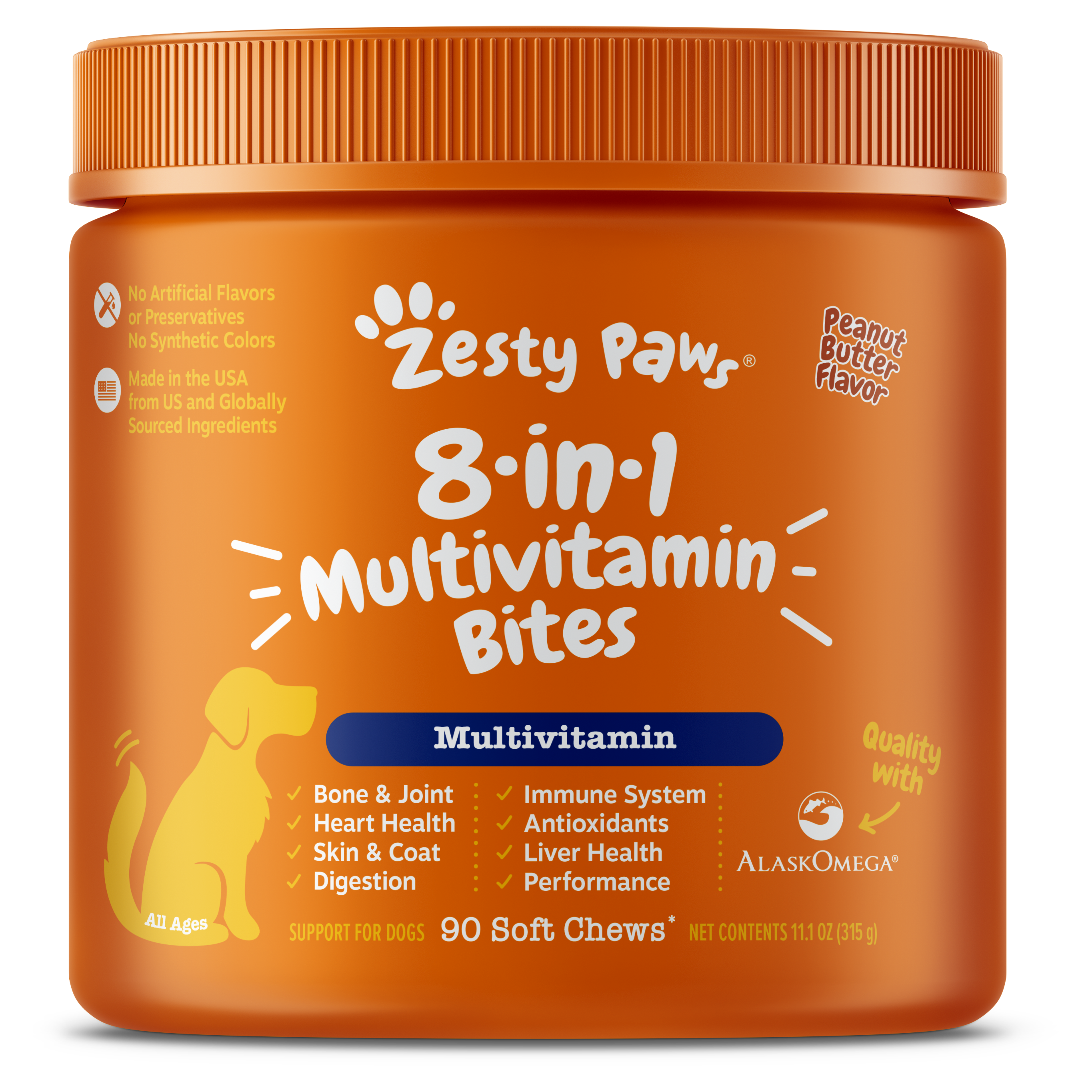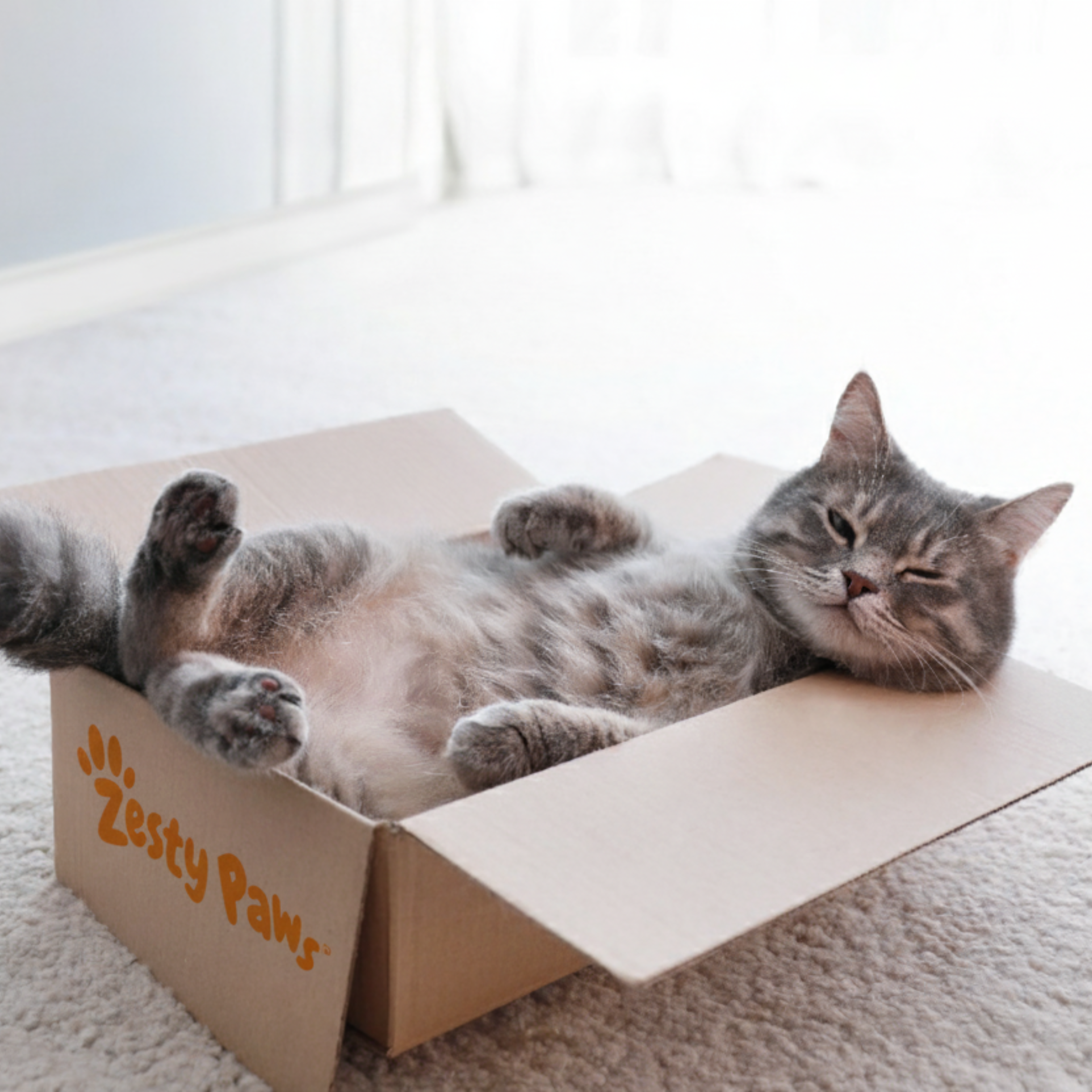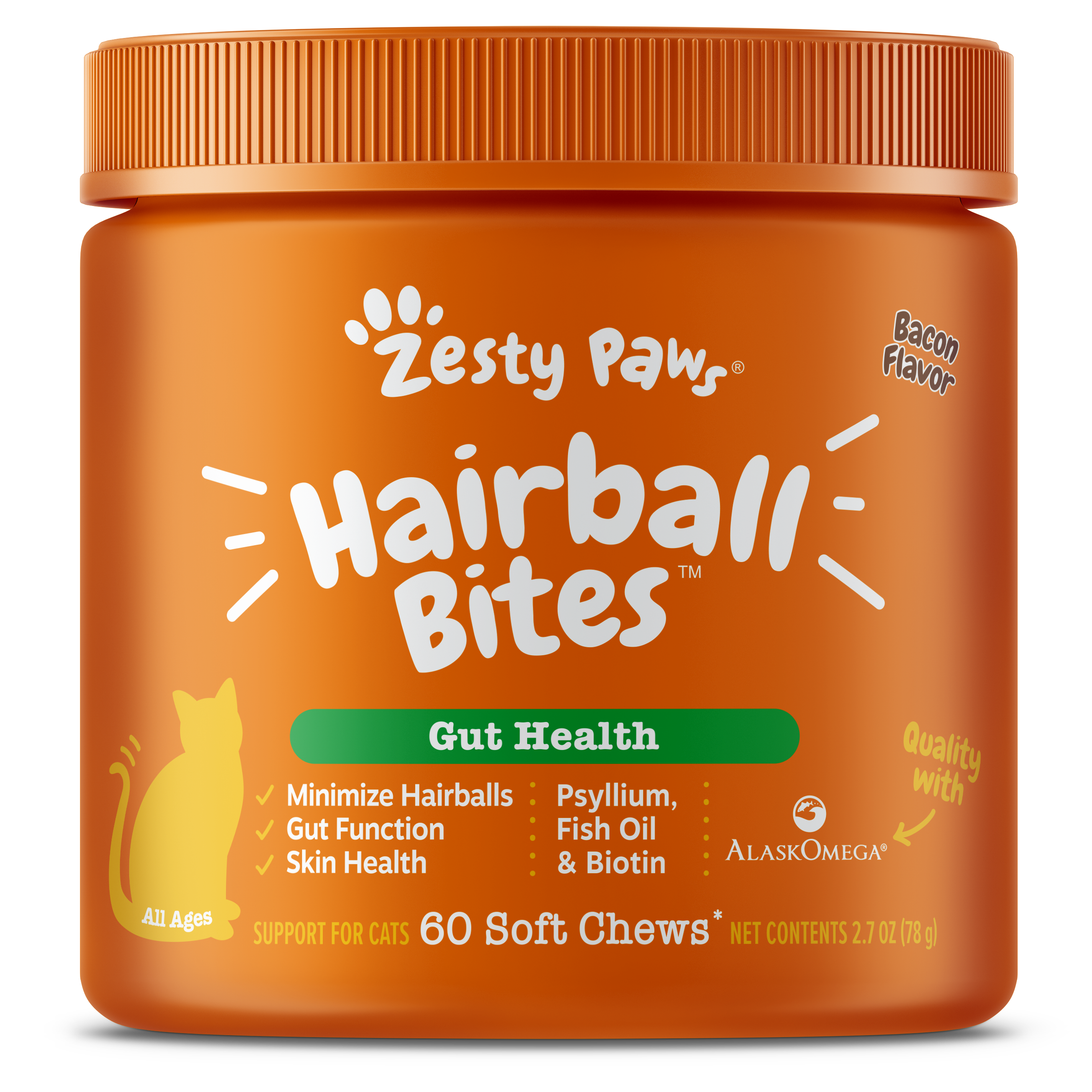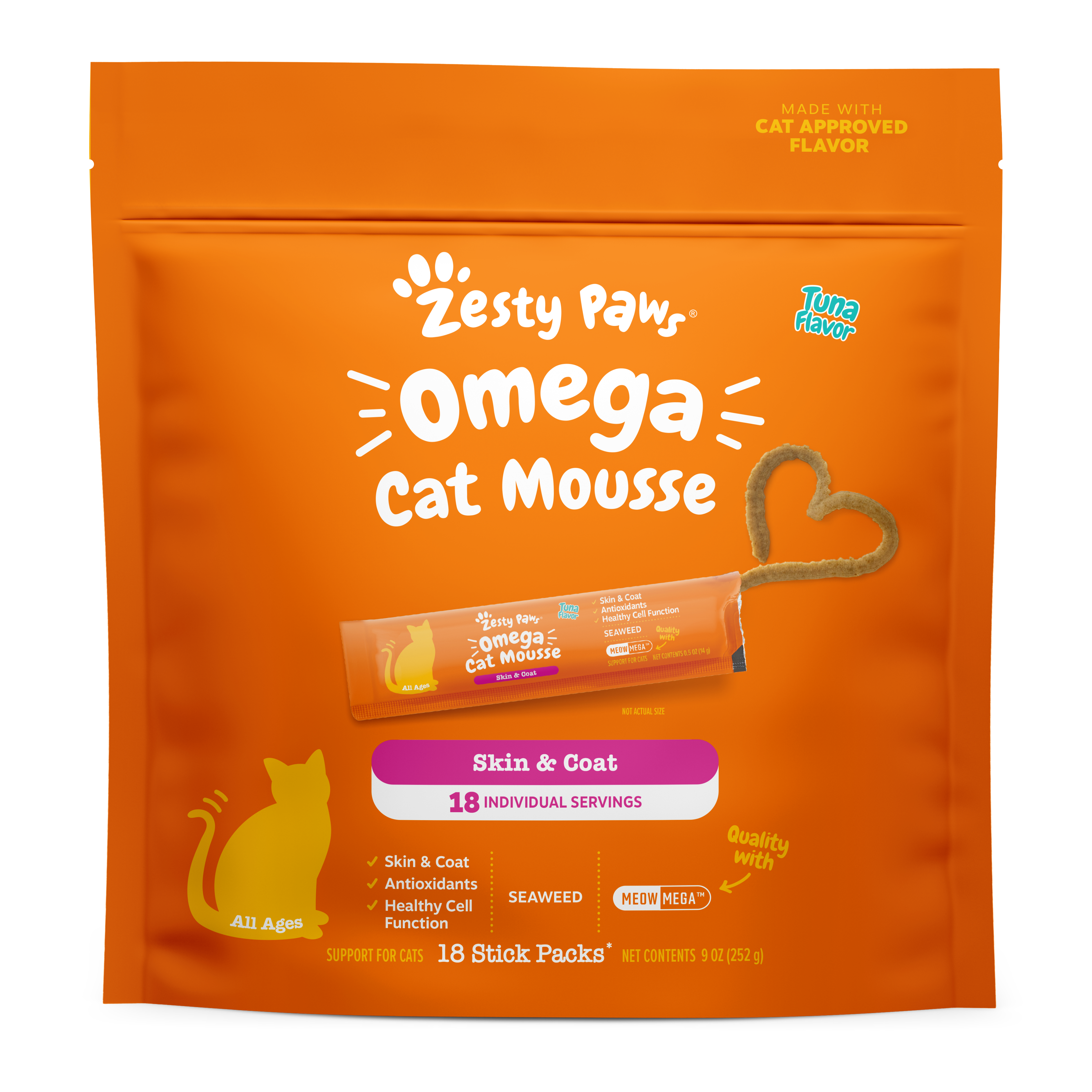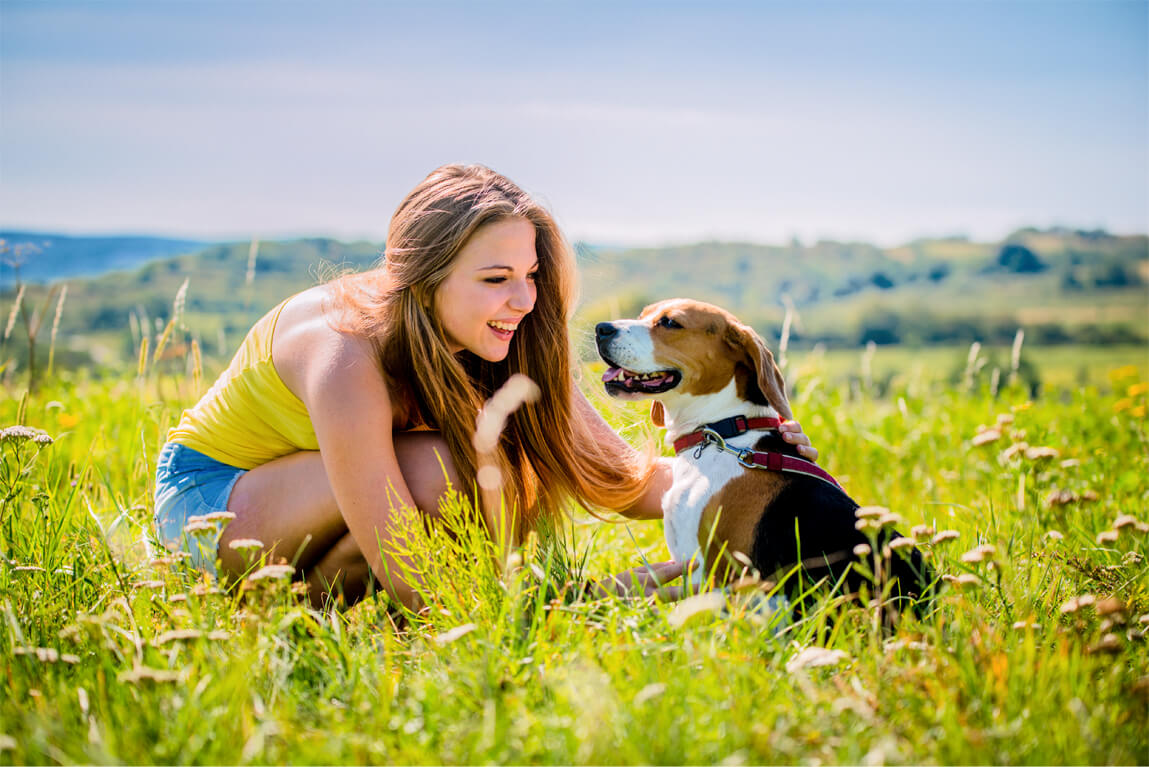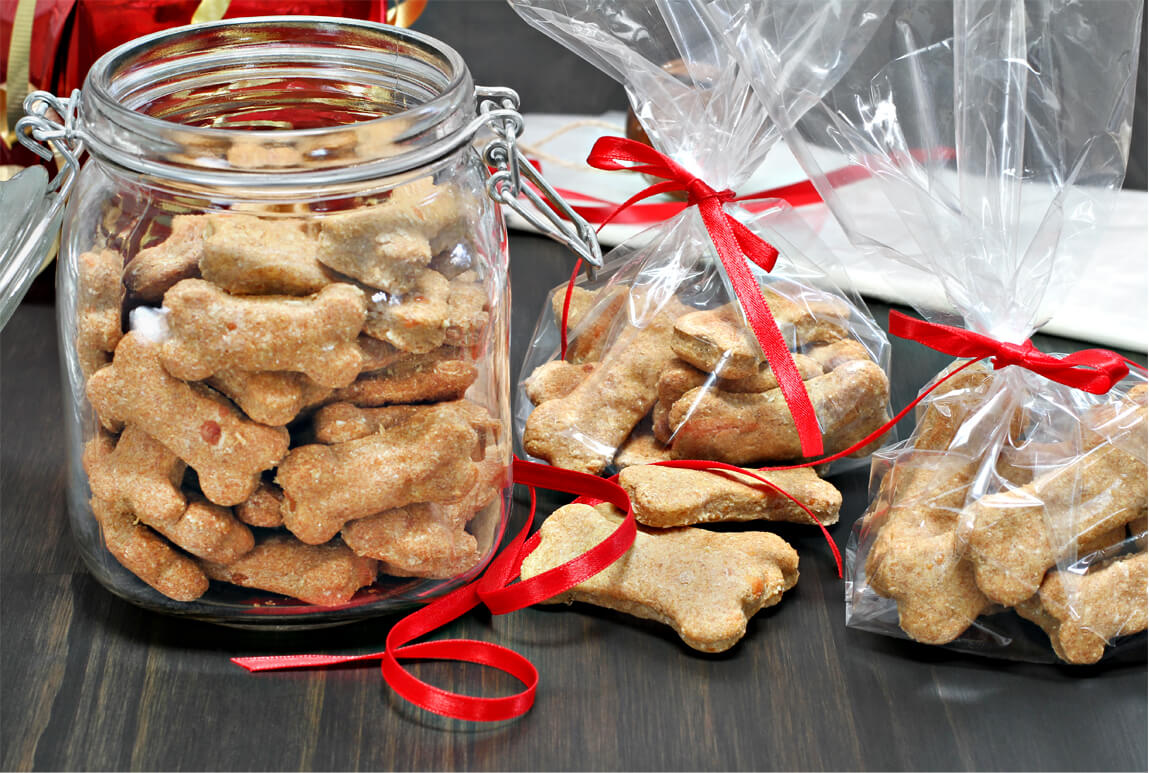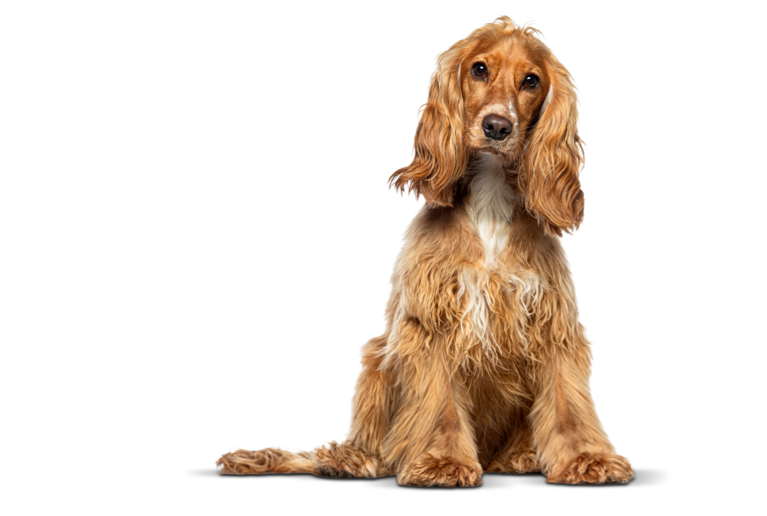
Of all the joyful things that come to mind about your pup’s life, we’re willing to bet that their poop isn’t one of them! But as we’re sure you know, some dogs may beg to differ.
At some point or another, we’ve all seen our dogs give a pile of poop a few “up close and personal” sniffs, but it’s nothing that a quick “hey, get away from that!” command can’t fix. But in other cases, they might go as far as to eat their stool, or even eat stool left behind from other dogs.
If you made an “eww” face after reading that, we don’t blame you! But sadly, many dog parents see this poop-eating problem on a routine basis with their fur-besties. It’s called coprophagia; and as you can imagine, it’s every bit as unhealthy as it is unsightly for our canine companions.
To better understand coprophagia, and how stool-eating deterrents can help, here are three surprising facts about dog stool that you might not know.
1. Poor Digestion Affects Stool Contents
Sometimes, poor digestive function causes more than just gas, bloating, or an upset stomach for dogs. If Fido’s tummy has a hard time digesting food and absorbing nutrients, there’s a good chance that it will affect its stool contents.
According to AKC, the combination of undigested foods and nutrients makes the scent and contents of stool much more appealing to dogs to investigate and potentially consume.
Since their waste contains more than just waste, dietary changes and digestive supplements are the best way to keep them from going in for a taste.
2. Stool Color Says a Lot
Picking up and bagging your dog’s waste won’t exactly go down as anyone’s favorite pastime as a pet parent. That’s why we all prefer holding our breath and looking away while doing the deed. But, it might be wise to take a closer look when you consider how much stool color says about your dog’s health.
Depending on your dog’s health status and eating habits, Fido’s stool might come out black, green, yellow, or even grey. Each of those colors (plus a few others) signify everything from digestive issues, ulcers, liver problems, or even just your dog’s affinity for eating grass.
So, if your canine’s stool colors don’t look quite right, it might be time to investigate before they do it first.

3. It Carries More Bacteria Than You Think
You might have known that dog poo contains bacteria, but did you know that it has so much that it’s actually considered an environmental pollutant?
Canine stool often contains pathogenic bacteria, coliform bacteria, and even worms. Together, that makes for quite a hazard to our land and water in the environment, not to mention a major health risk for animals and humans.
With this in mind, the last thing you want your dog doing is consuming their waste, or waste from other dogs in your neighborhood. So, be sure that you and your community continue picking up their waste since it’s more than just a common courtesy. It’s a must!
It might not be a fun subject, but these are just a few of the potential factors that can cause coprophagia in dogs. So, whether you have a furry friend with this problem or just looking to take preventative measures so your dog doesn’t get any bright ideas in the future, be sure to look into stool-eating deterrents to help Fido feel “too cool for stool.”
Feel free to share your thoughts in the comments section below, or you can reach out to us with more coprophagia questions by phone at (800) 940-1972 or bark@zestypaws.com.

